28th Mar 2024
Eisele Vineyard is a key piece of Napa Valley history. Located off Pickett Road in Calistoga, within the gentle slopes extending from the Vaca Mountains foothills, the vineyard was first planted to vines in the 1880s. It weathered the devastating phylloxera outbreak and prohibition, finding a new lease of life when it was purchased in the 1960s by Barbara and Milton Eisele. Over the following decades, the Eiseles built the vineyard’s reputation as one of the great Cabernet Sauvignon sites in Napa, selling fruit to winemakers who forged legendary bottles, some still drinking beautifully today.
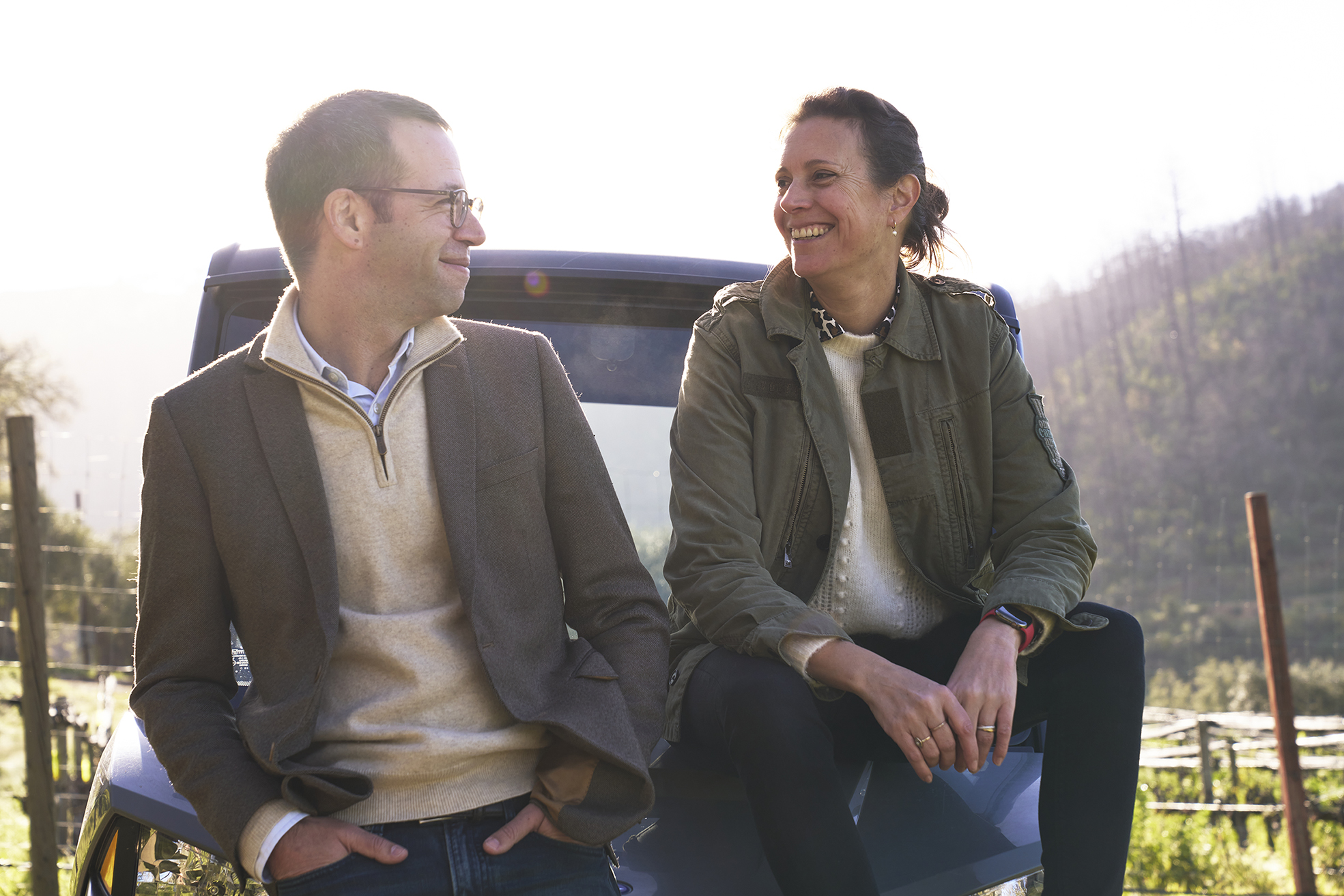
Legendary
The first single vineyard bottling naming “Eisele” on the label was the 1971 Ridge Cabernet Sauvignon Eisele made by Paul Draper. Ridge only made one vintage from this vineyard, which is now highly sought-after by Napa wine history buffs. These days, bottles of the ’71 Ridge Eisele are rare, but I recently got to taste two bottles unearthed by a wine collector friend from Florida. (We call him the Indiana Jones of wine.) One bottle was slightly better than the other, and it was phenomenal.
Two other notable wineries that purchased fruit from Eisele Vineyard and made single vineyard wines were Conn Creek and Joseph Phelps. Conn Creek made an Eisele Vineyard Cabernet in 1974, and from 1975 through 1991, Joseph Phelps purchased fruit from the Eiseles and made single-vineyard bottlings. Also, in 1991, to commemorate their last year of ownership, the Eiseles produced an estate bottling, as did the new owners.

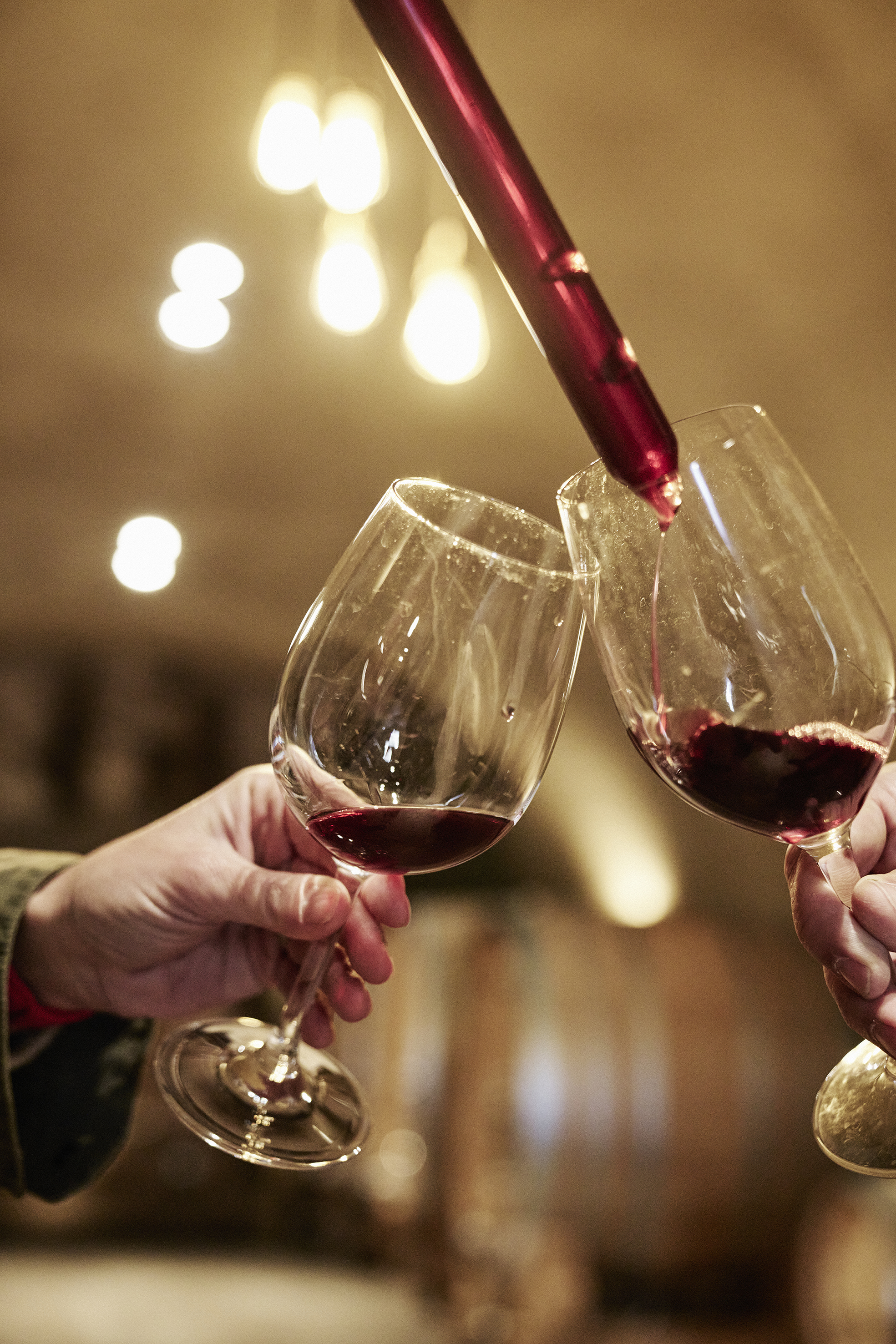
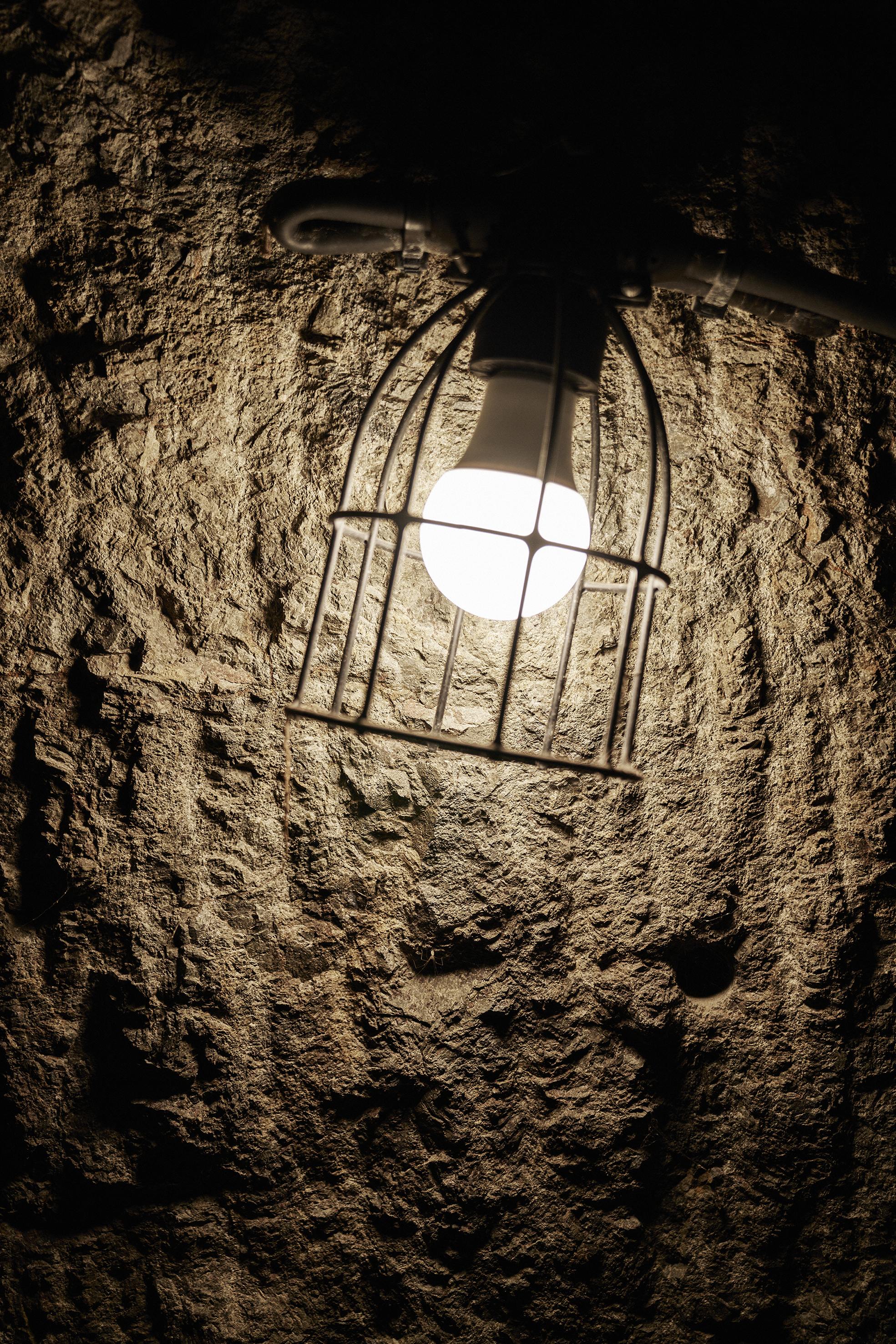
Daphne and Bart Araujo purchased Eisele Vineyard in 1990, naming the property Araujo Estate and continuing to build on the vineyard’s reputation. The Araujos embarked on an extensive replanting program, which included converting the vineyard management to organic and biodynamic practices. After 23 years of restructuring and nurturing, they sold the property to the French Pinault family, who reverted it to its former name: Eisele Vineyard.
In 2013, Eisele Vineyard became part of Pinault’s Artémis Domaines collection of wineries, which includes Château Latour, Clos de Tart, Champagne Jacquesson, and Château Grillet, and is overseen by managing director Frédéric Engerer. Winemaker Hélène Mingot and general manager Antoine Donnedieu de Vabres have been at Eisele Vineyard since the takeover.
With 31 acres now under vine, the average vine age at Eisele Vineyard is over 30 years old.
The vineyard is divided into 13 blocks and over 40 sub-blocks. The passion Hélène and Antoine have for this site and the way they have embraced it as their own is commendable—I don’t think Engerer and Pinault could have found a better pair of custodians to fill the shoes of those who have come before them. Their team hit the ground running with the spectacular 2013 vintage and has adeptly ridden the waves of challenging years such as 2017 and 2020.
"Since 2015, we have started pruning earlier to encourage an earlier bud break and start to the growing season," said Hélène. "This way, even in a warmer vintage, the wine can stay truthful to the place."
Like a few other estates in Napa Valley, the relatively new team at Eisele Vineyard has been working toward bringing forward their harvest dates. In 2017 and 2020, both vintages blighted by regional wildfires and smoke taint, Eisele managed to bring their fruit in earlier than most, producing some of Napa’s best wines from those years.
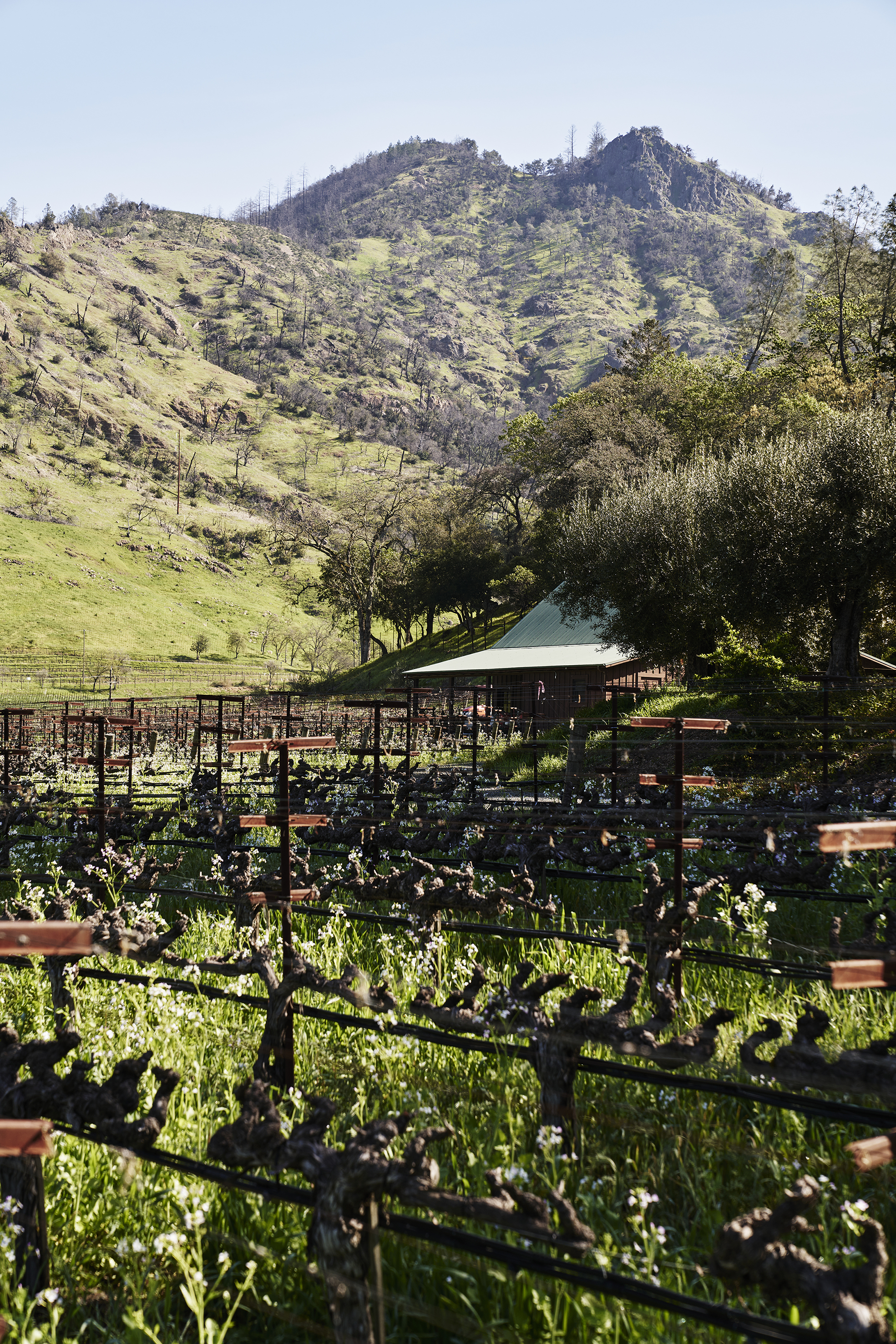
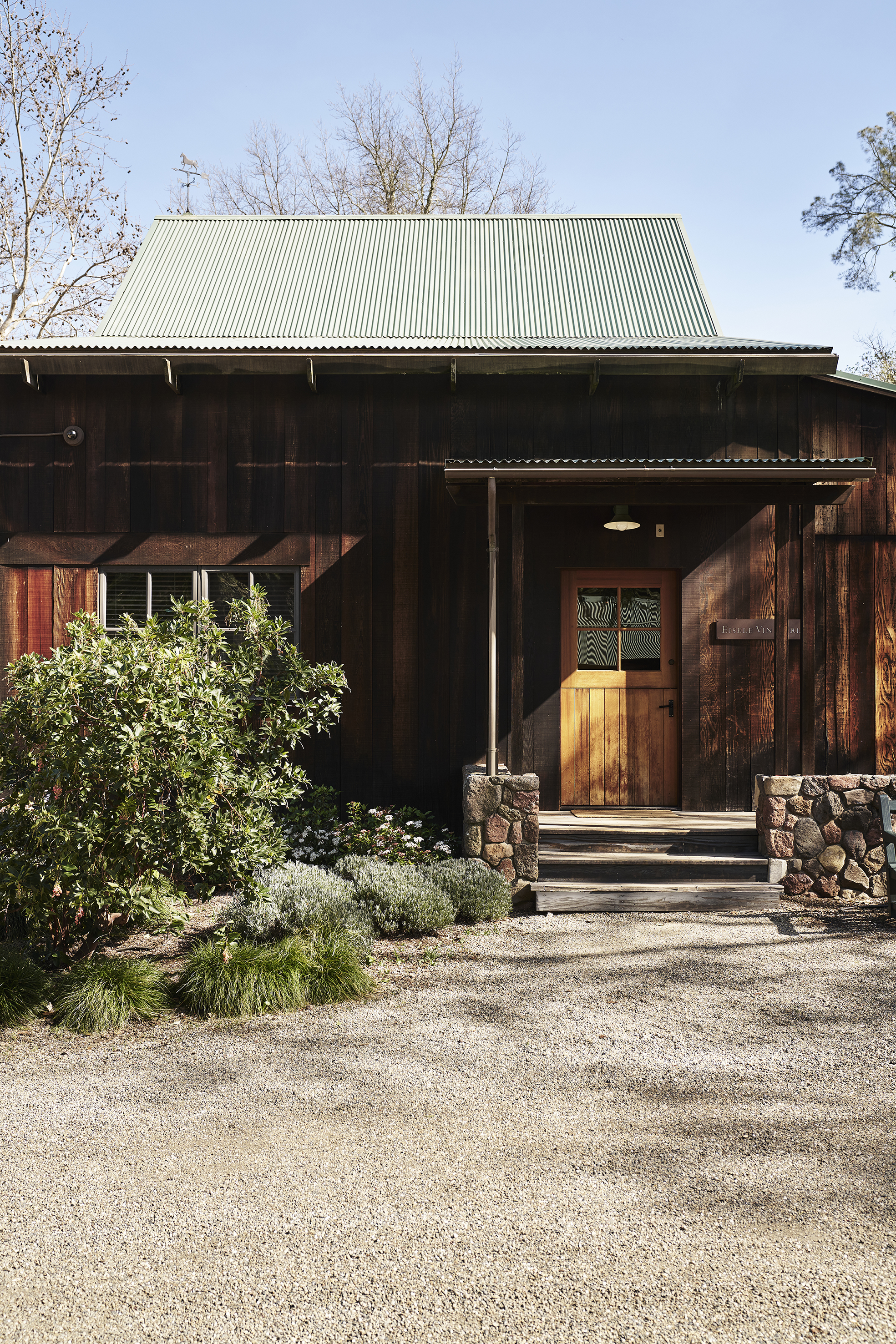
This year’s releases will be the 2021 Cabernet Sauvignon, Altagracia, and Syrah, as well as the 2022 Sauvignon Blanc.
“There was no excess of temperatures in 2021,” said Hélène. “The vines here were perfectly prepared for the drought conditions. From early on, the plant naturally produced more anthocyanins and polyphenols in the berries. However, our yields were down tremendously in 2021. In 2019, we produced a total of 1900 cases. In 2021, we only made 1100 cases, so we were down by about 40%.”
The 2021 Cabernet Sauvignon was aged in 30% foudres made from lightly toasted Austrian oak and 70% in French barriques.
During this visit, for the first time, I was offered a taste of Eisele Vineyard’s small-production Syrah, made from vines planted by the Araujos in 2007.
“The vines are Alban clone, planted in a cooler part of the vineyard,” Hélène informed me. “In 2021, we did about 15% whole cluster on the Syrah. It took us a while to dial in the elevage. We use more foudres and amphorae now, and some oak barrels, but with a lighter toast. We only make around 200 cases.”
As for Eisele Vineyard’s 2022 Sauvignon Blanc, one of the finest examples of this variety in the valley, Hélène mentioned, “In 2022, we changed to stainless steel eggs as opposed to the cement eggs. The cement was evolving the wines too quickly. We still have one or two barrels, and the rest is demi-muids. The three different elevage profiles of wines are very complementary.”
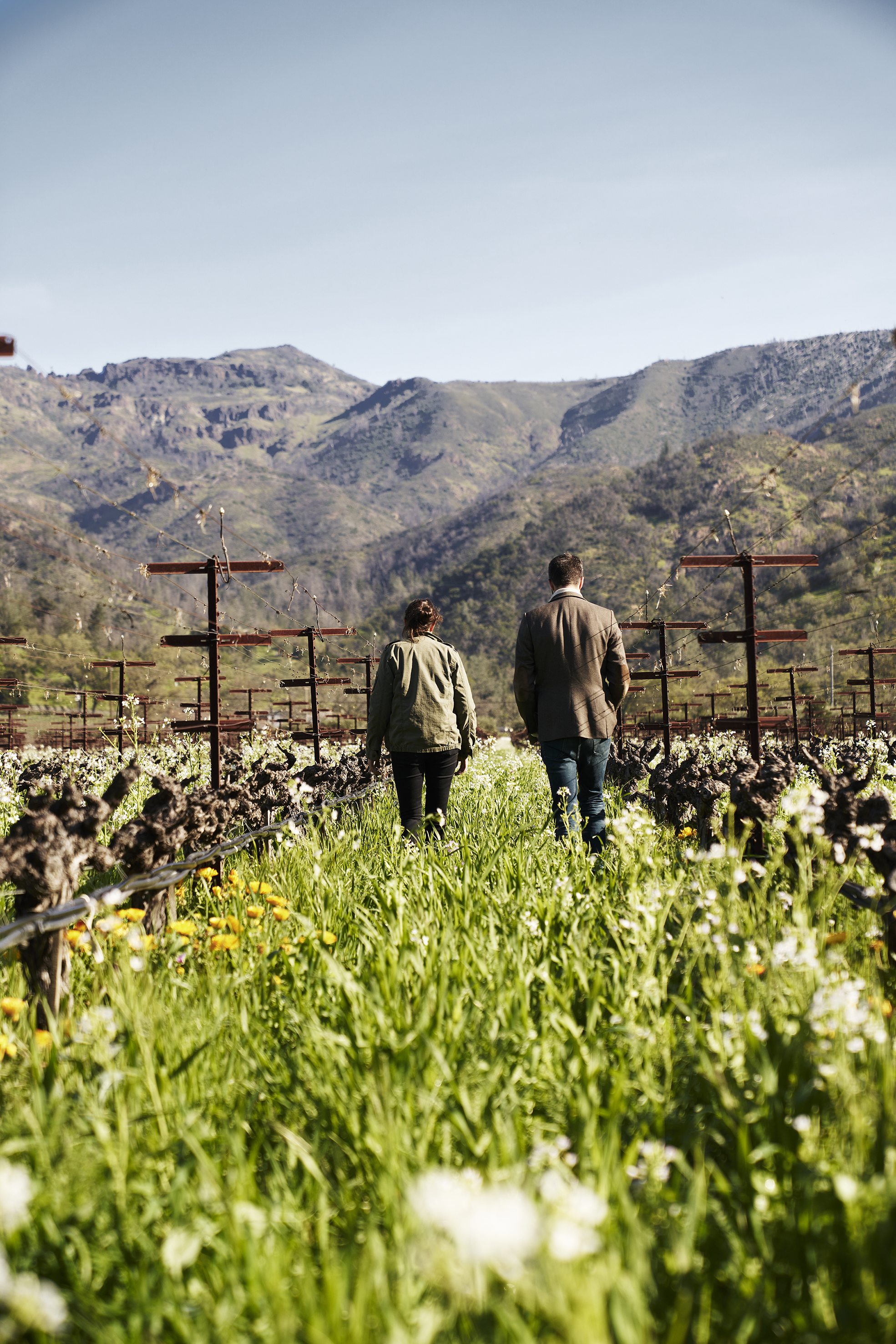
Eisele Vineyard’s Sauvignon Blanc plantings are about 70-75% Musque clone, which makes for a wonderfully perfumed style.
The other piece of exciting news for the future of this historic estate is the purchase of the neighboring Alfred Frediani Ranch, adding a considerable, contiguous piece of vineyard area to Eisele. This additional 21 planted acres equates to more than a 50% increase in their area under vine. Frediani Vineyard is one of the last of the very old vine parcels in Napa, mainly consisting of 50-100 years+ old vines. The fruit from these old-timers has contributed to many legendary bottles, and I’m hoping to taste many more in the future at the hands of the Eisele Vineyard team.
–
Article & Reviews by Lisa Perrotti-Brown MW
Photography by Christoffer Lomfors
See more work from Christoffer at lomfors.com by clicking here!

PRODUCERS IN THIS ARTICLE
> Show all wines sorted by scoreMore articles
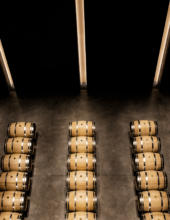
Bordeaux 2023 Vintage Report and Reviews from Barrel
09th May 2024
649 tasting notes
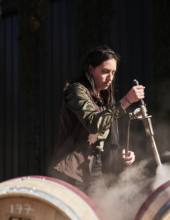
Cathiard Vineyard New Releases
02nd May 2024
3 tasting notes
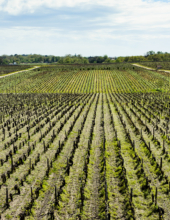
Bordeaux 2023 Preliminary Vintage Report and Reviews from Barrel
29th Apr 2024
56 tasting notes
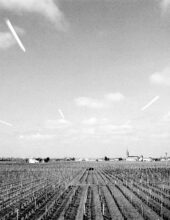
2021 Bordeaux in Bottle and A Modest Proposal
24th Apr 2024
599 tasting notes
Show all articles